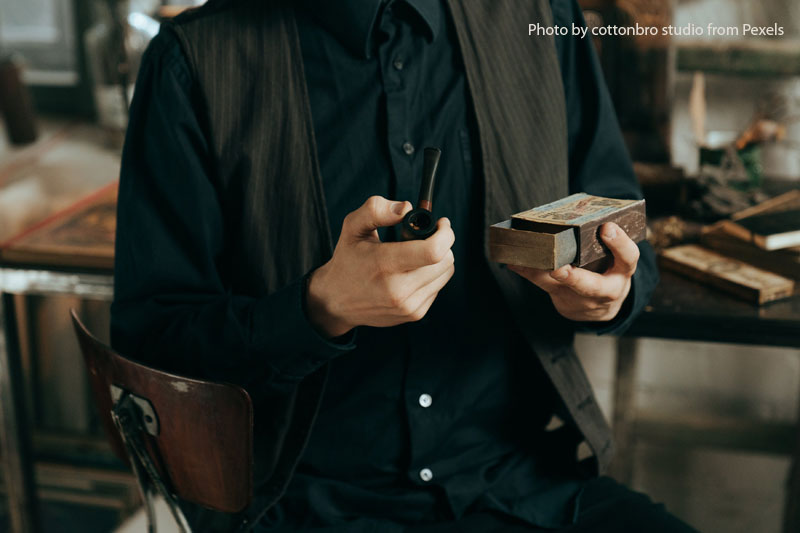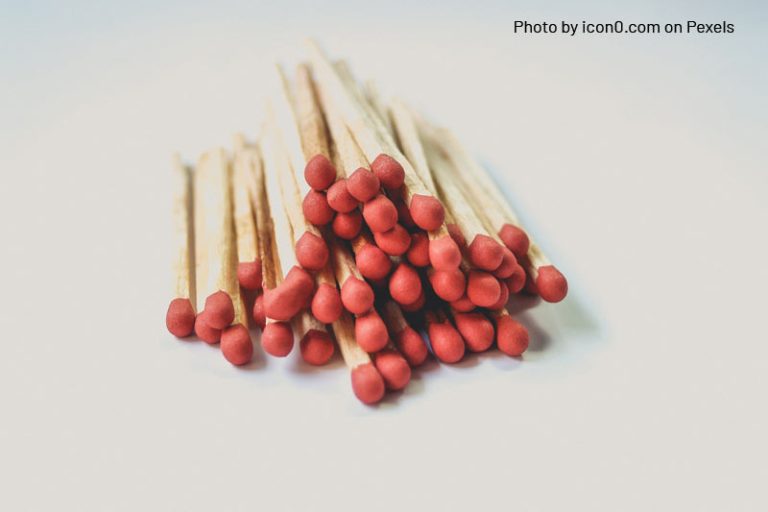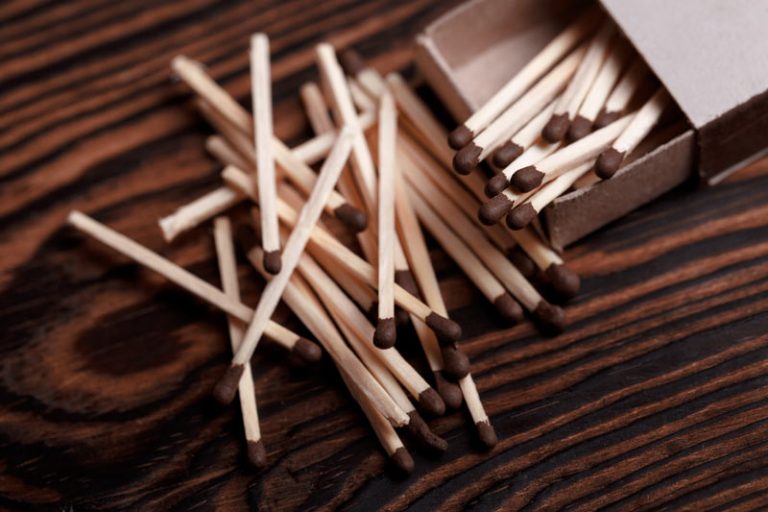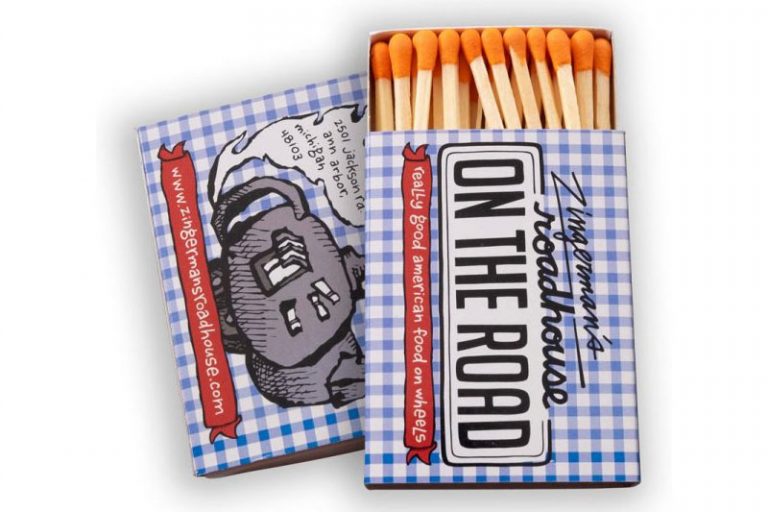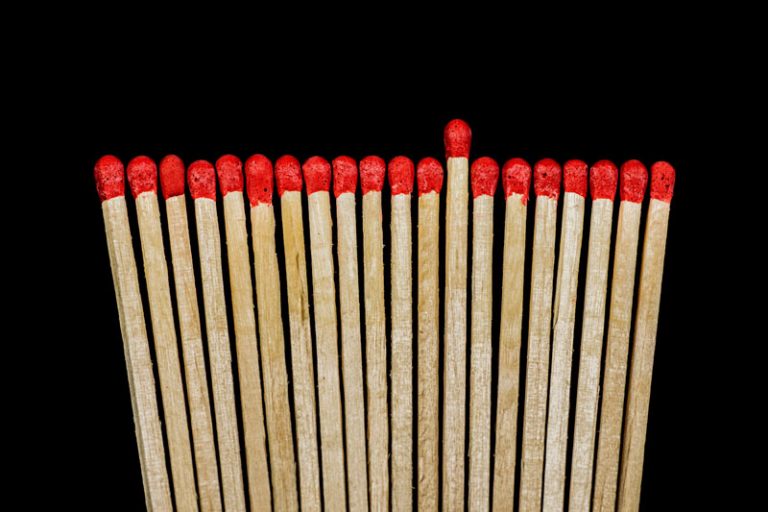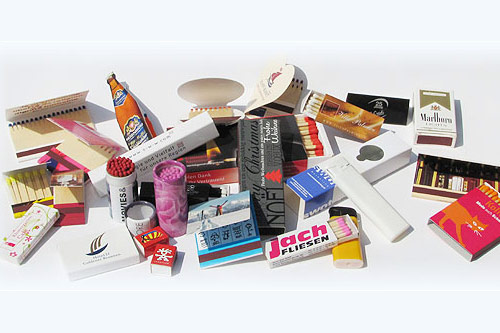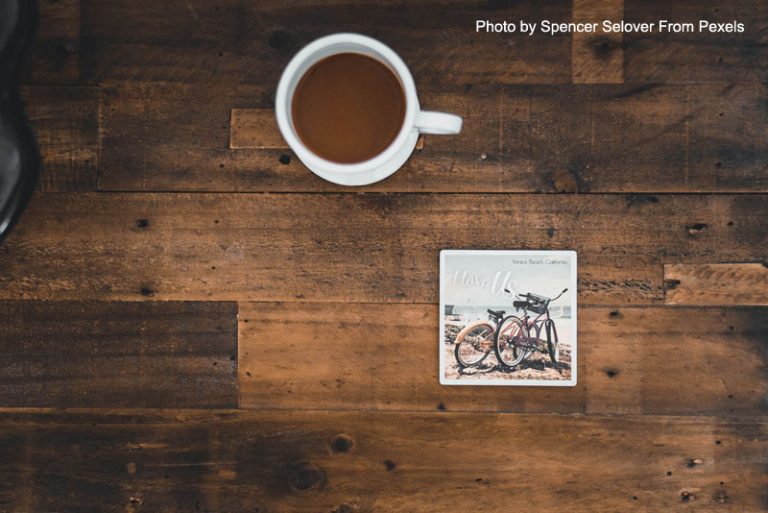Create Collectible Matchbooks for Your Business
Collecting matchbooks has a long history, stretching back to the late 1800s. At that time, matchbooks were incredibly popular and were one of the primary methods of marketing or promoting a business. Businesses would print their name and logo on the matchbook, and people would often save them as souvenirs. Many of these started small but grew to be large and valuable collections.
Collecting matchbooks remained popular throughout the 20th century, during which time, some of the older matchbooks grew to be quite valuable, which stoked even more interest in matchbook collecting. Even today, the value of matchbooks can reach up to $6,000, which is the price one collector paid for a rare Charles Lindbergh matchbook in 2015.
While it may be tempting to think that matchbooks are obsolete since there are far fewer smokers today than historically, collecting matchbooks is anything but antiquated. And it is still a highly effective form of advertising for any business, especially those in the hospitality industry. Matchbooks often have more readers than much of the content in magazines, newspapers, or consumers of radio or television content. They are also cost-effective ways to promote one’s business, with a low price point per unit. And finally, some studies indicate that readership retention of matchbox advertising can be as high as 45%.
One factor that impacts retention and exposure is how likely consumers will be to keep your matchbook as a souvenir or collectible. Matchbook collectors often look at different factors when selecting matchbooks, including age and condition, artwork and design, rarity and popularity, as well as brand theme. Given this understanding of matchbook collecting, there are several ways to boost your matchbook’s appeal to collectors, including:
- Highlight your industry: Matchbooks are given out by companies in many industries, but they are especially popular for hotels, restaurants, breweries, and other hospitality services. Many collectors focus on a subset of matchbooks that span an entire industry. Therefore, highlighting the industry your company works in could make it appealing to many collectors simply by operating in their target industry.
- Don’t skimp on the design: Since one of the biggest factors in a matchbook’s value to collectors is the logo and design, you want to spend a little extra time ensuring that you have a visually appealing design distinct from any other brand logo or design. This strategy will ensure that your matchbook stands out from the rest.
- Use durable materials: By nature, matchbooks are not incredibly durable. However, since the condition is a huge factor in future value, selecting a slightly thicker and more durable material for the external book can make it great for collectors. It will also help your matchbooks increase in value as they age.
- Use special designs for rare events: The high value of the Lindbergh matchbook is often attributed to its rarity. It was only given out at one dinner celebration. Shaking up your matchbook design for special events, such as anniversaries for the number of years in business, can increase the interest in these ‘special releases.’
Creating a collectible matchbook will not only catch the eye of the average consumer, but it can ensure your brand survives decades into the future. These tips can help you craft a matchbook that will appeal to many collectors!
Wagner Match has specialized in providing impeccable service to the hospitality, entertainment, and service industries since 1981.

